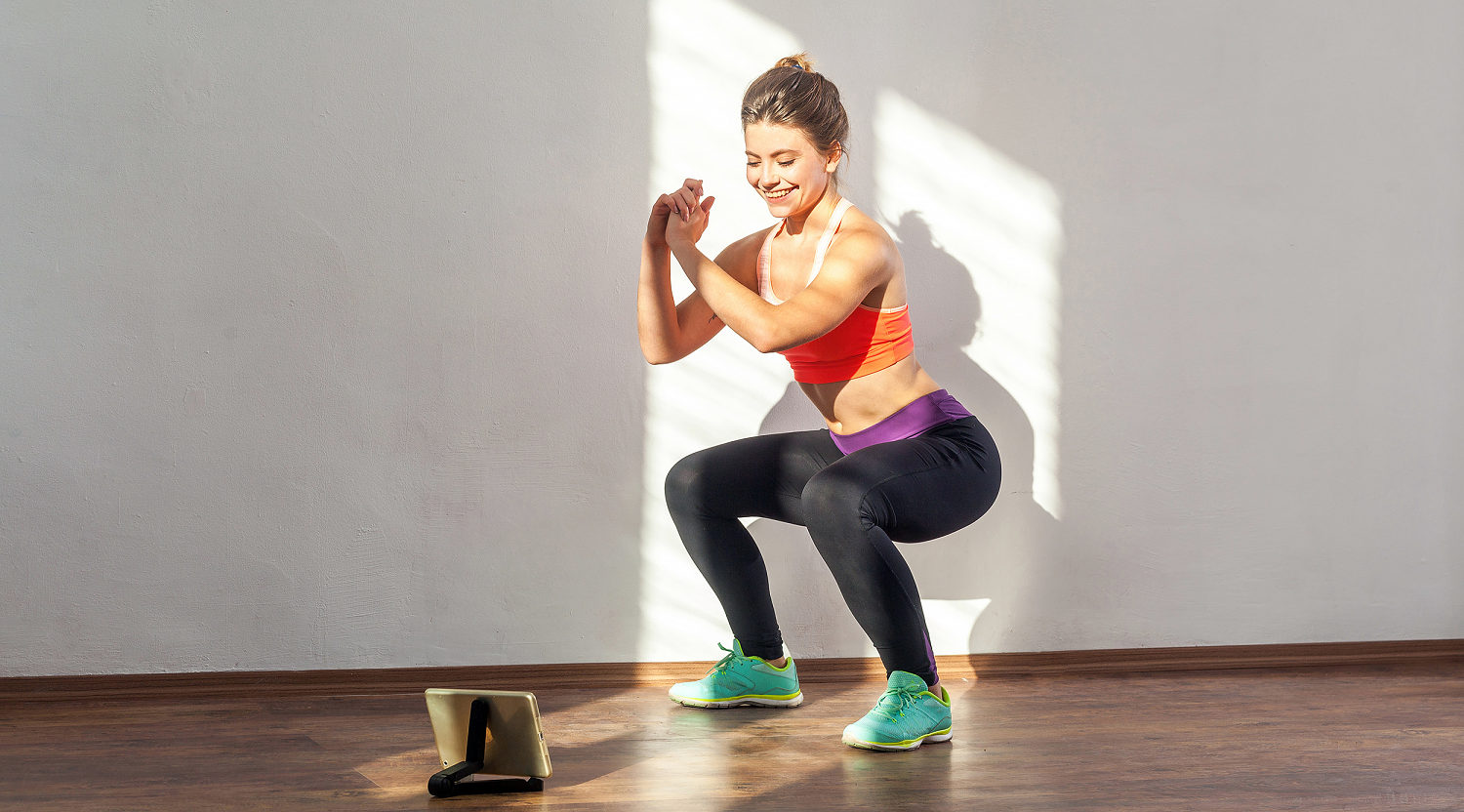When you hear “duck walk” you probably think of a quacking bird waddling around a lake. But the term also refers to an effective that targets the quadriceps, hamstrings, glutes and calves. If done correctly, the duck walk can be a fantastic way to engage multiple muscle groups in your lower body and improve your overall strength and .
However, since it requires you to have a decent range of motion to maintain proper form, and can put pressure on the knees, it’s important to start slow and ease into it. The duck walk is essentially a walking squat. One of the key benefits of the exercise is that it helps to strengthen your hip flexors.

These are the muscles located at the front of your hips that are responsible for lifting your legs and bending at the waist. By incorporating the duck walk into your workout routine you can target and strengthen these muscles, which can be especially beneficial if you have weak hip flexors. In addition to building strength, the duck walk exercise also helps to improve mobility and .
As you squat down low and take small steps, you will be working to increase range of motion in your hips, knees and ankles. This can help if you are looking to improve your athletic performance or if you are recovering from an injury and need to regain your mobility. This exercise can be a bit tricky to perform correctly, especially if and have , which will limit your range of motion.
One of the most common mistakes I see with performing the exercise is lifting.























